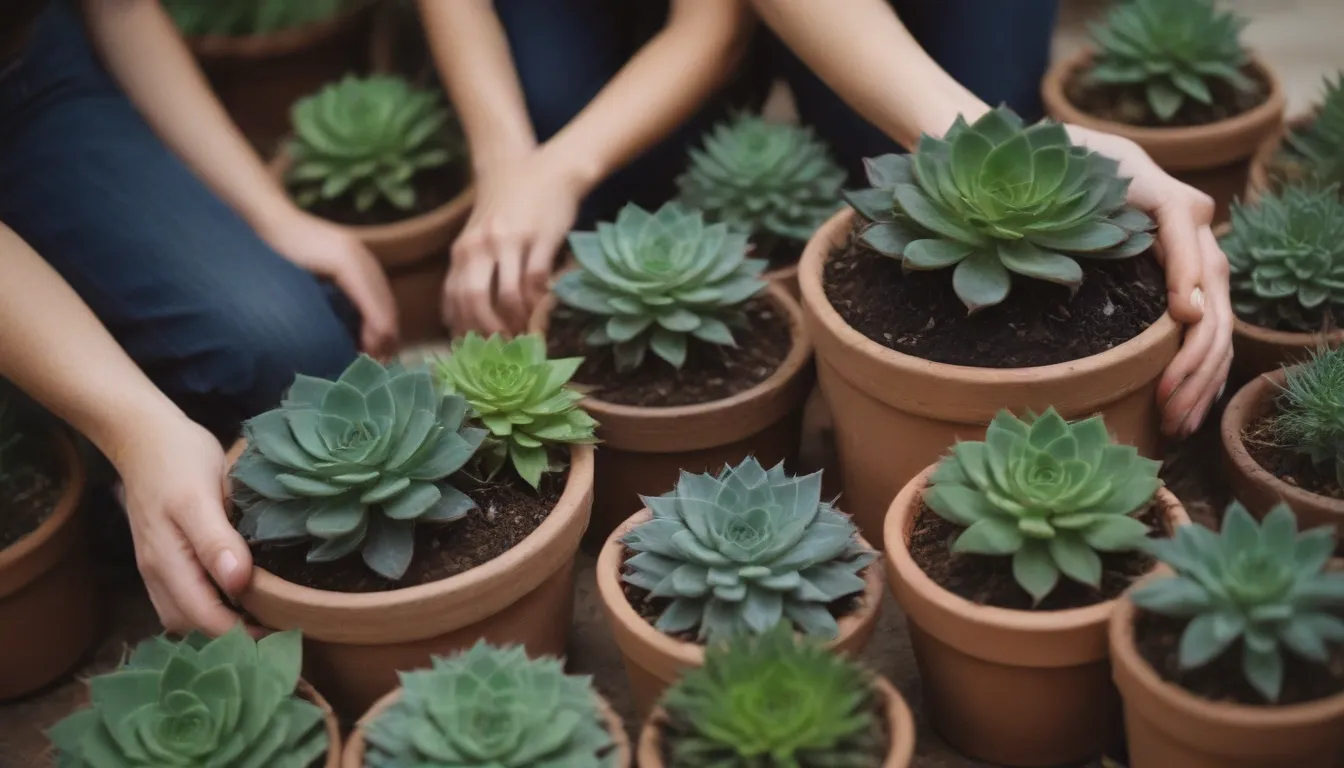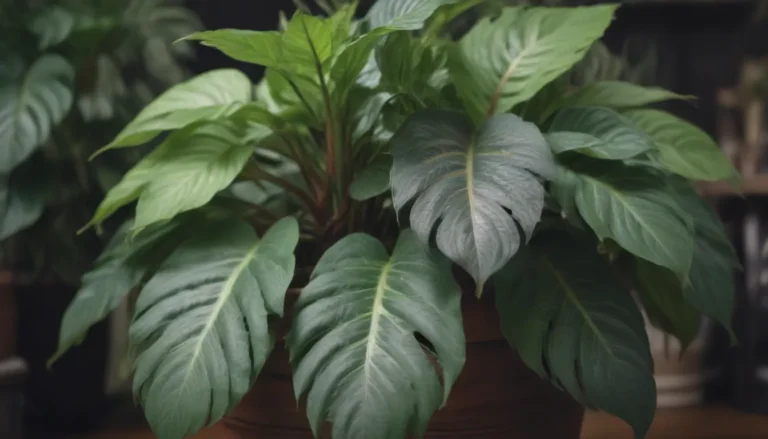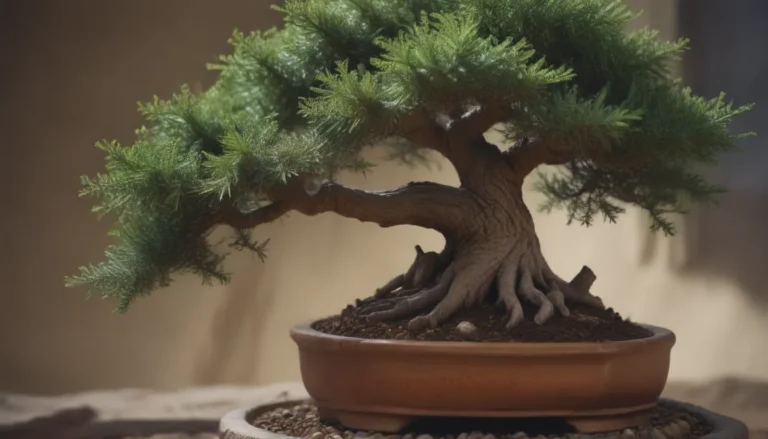The Ultimate Guide to Successfully Repotting Your Succulents

Succulents are an excellent addition to any plant lover’s collection. Their unique shapes, colors, and low-maintenance qualities make them a popular choice for both indoor and outdoor gardening. However, like all plants, succulents will eventually need to be repotted to ensure they continue to thrive and grow. In this comprehensive guide, we will walk you through the process of repotting your succulents in six easy steps, as well as provide valuable information on when and how often to repot them. So grab your gardening gloves and let’s get started!
When Do Succulents Need Repotting?
Before we dive into the nitty-gritty details of how to repot your succulents, let’s first discuss when you should consider repotting them. Here are some scenarios that indicate it may be time to give your succulents a new home:
- The roots are growing out of the drainage holes at the bottom of the pot.
- The plant looks crowded and is starting to outgrow its current container.
- The soil has become compacted and water is not draining properly.
- The plant is showing signs of stress, such as yellowing or wilting leaves.
When is the Best Time to Repot Succulents?
The ideal time to repot your succulents is in the spring or early fall, before their peak growing season begins. Avoid repotting during the plant’s dormancy period or while it is in bloom, as this can disrupt its natural growth cycle. For summer-dormant succulents, wait until fall to repot, and for winter-dormant varieties, spring is the best time to make the switch. Repotting a flowering succulent is also a big no-no, as it can cause the plant to stop blooming.
How Often Should You Repot Succulents?
While the general recommendation is to repot succulents every two years, the frequency may vary depending on the growth rate of the plant and its specific conditions. Instead of sticking to a strict schedule, it’s best to assess your succulents individually and repot them as needed to provide enough space for growth.
How to Repot Succulents in 6 Easy Steps
Now that you know when and why you should repot your succulents, let’s walk through the process step by step:
-
Choose the Right Pot: Select a new pot that is about 10 percent larger than the current one for slow-growing succulents, and 2 inches wider for faster-growing varieties. Be sure the pot has large drainage holes and use a porous, well-draining potting mix designed specifically for succulents.
-
Prepare the Plant: Carefully remove the succulent from its current pot, gently loosening the roots if they are tightly bound. Check for any signs of rot or damage and prune as needed.
-
Add Soil: Fill the bottom of the new pot with fresh potting mix, creating a small mound in the center. Place the succulent in the pot, making sure the roots are spread out evenly.
-
Fill in the Gaps: Add more soil around the roots, pressing gently to secure the plant in place. Leave a gap between the soil and the rim of the pot to allow for watering.
-
Water: Give the succulent a good drink of water, allowing excess moisture to drain out of the bottom of the pot. Avoid overwatering, as succulents are susceptible to root rot.
-
Care for Your Succulent: After repotting, place the succulent in a sunny spot and monitor its progress. Allow the plant to acclimate to its new environment, watching for any signs of stress or transplant shock.
How to Repot Succulent Arrangements
Repotting succulent arrangements can be a bit trickier, as the roots of different plants may be intertwined. Follow these steps to successfully repot your succulent arrangement:
- Use a larger pot that is 10 percent taller and wider than the current one if you are simply transferring the same arrangement.
- Adjust the pot size accordingly if you are adding or removing succulents from the mix.
- Be mindful of wearing gloves to protect your hands from thorns, spines, or irritating sap that some succulents produce.
How to Care for Succulents After Repotting
After repotting your succulents, it’s important to provide them with the proper care to help them recover from the transplant shock. Here are some tips to assist your succulents in adjusting to their new home:
- Watering: Some experts recommend watering the plant one to two days before repotting, while others advise against it. If you choose to water beforehand, do so moderately and avoid waterlogging the soil. Allow the roots to dry thoroughly before planting.
- Cleaning the Roots: If the succulent had issues with compacted or hydrophobic soil in the past, gently rinse the roots under room-temperature tap water to remove any debris. Allow the roots to dry completely before planting.
- Transplant Shock: It’s normal for succulents to experience some level of transplant shock after being repotted. Look out for signs such as yellowing, wilting, or dropping leaves, and allow the plant time to recover and adjust to its new surroundings.
In conclusion, repotting your succulents is an essential part of caring for these unique plants. By following the tips and steps outlined in this guide, you can ensure that your succulents continue to thrive and bring joy to your home or garden. So don’t be afraid to get your hands dirty and give your succulents the space they need to grow and flourish. Happy gardening!





